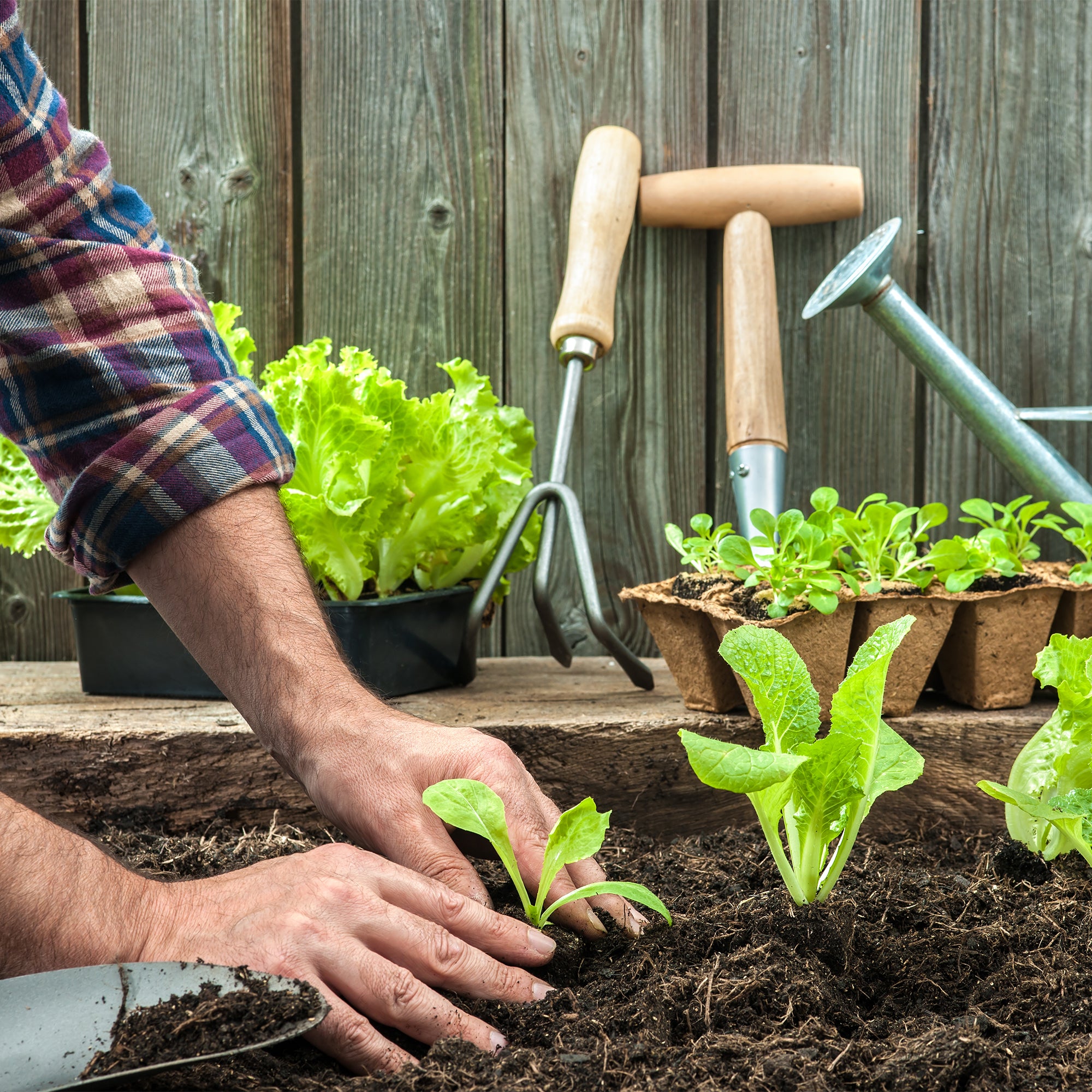As the frost begins to thaw and the days stretch longer, gardeners across the globe eagerly anticipate the arrival of spring, heralding the start of another vibrant growing season. Whether you're a seasoned gardener or just starting out, timing is everything when it comes to planting in your garden. Knowing when to sow seeds or transplant seedlings can significantly impact the success of your garden. In this comprehensive guide, we'll explore the factors to consider and the best times to start planting various crops in your garden.
Understand Your Climate Zone
The first step in determining when to start planting in your garden is to understand your climate zone. Climate zones, often categorized by the USDA Hardiness Zone Map or similar regional classifications, provide valuable information about the average annual minimum temperature in your area. This information helps you identify the appropriate planting window for different crops.
Frost Dates
Frost dates mark the beginning and end of the frost-free period in your region. The last spring frost date indicates when it's generally safe to plant frost-sensitive crops outdoors without risking damage from cold temperatures. Conversely, the first fall frost date signals the end of the growing season and when you should harvest or protect your plants from frost.
Soil Temperature
Soil temperature is another crucial factor to consider when deciding when to plant. Seeds germinate best when the soil temperature is within the optimal range for their specific requirements. Using a soil thermometer, monitor the temperature in your garden to ensure it's suitable for planting.
Crop-Specific Timing
Different crops have varying preferences when it comes to planting times. Here's a general guideline for some common garden vegetables:
- Cool-Season Crops: These crops thrive in cooler temperatures and can tolerate light frost. Examples include lettuce, spinach, peas, and radishes. Plant them as soon as the soil can be worked in early spring or in late summer for a fall harvest.
- Warm-Season Crops: These crops require warm soil and air temperatures to flourish. Examples include tomatoes, peppers, cucumbers, and squash. Wait until after the last frost date and when soil temperatures have warmed up before planting them outdoors.

Consider Microclimates
Microclimates are small areas within your garden that may have slightly different growing conditions compared to the surrounding areas. Factors such as sunlight exposure, wind protection, and soil composition can influence microclimates. Take advantage of these microclimates to extend your growing season or provide optimal conditions for specific crops.
Use Season Extenders
To further maximize your growing season, consider using season extenders such as row covers, cold frames, or hoop houses. These structures help protect plants from frost and create a warmer environment, allowing you to start planting earlier in the spring and extend harvests into the fall.
Keep Records
Finally, keep detailed records of your planting dates, observations, and harvests. This information will serve as a valuable reference for future gardening seasons, helping you fine-tune your planting schedule and improve your garden's productivity over time.
Knowing when to start planting in your garden requires careful consideration of your climate, frost dates, soil temperature, and crop-specific requirements. By understanding these factors and using strategies to extend the growing season, you can maximize the potential of your garden and enjoy a bountiful harvest throughout the year. Happy gardening!



